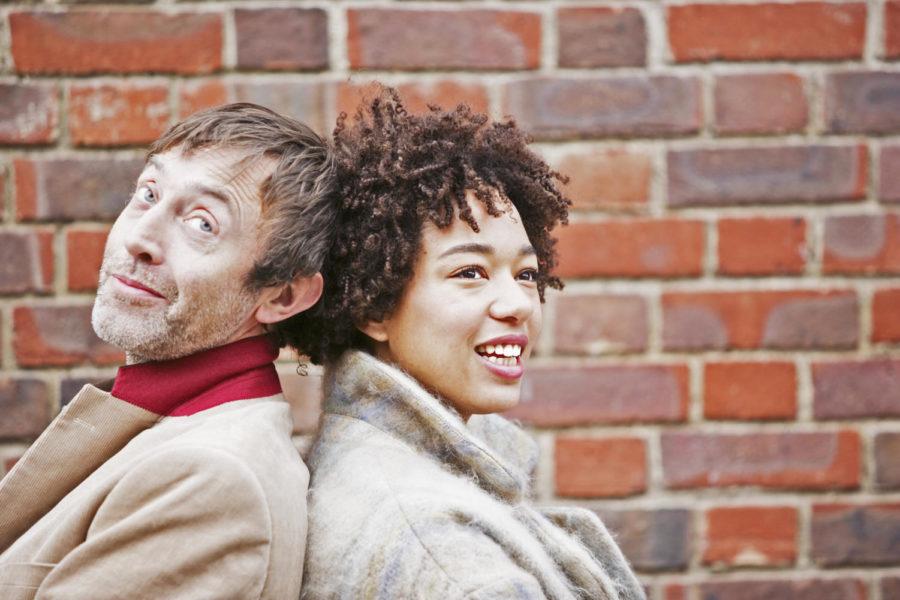Beiwel: Age gaps in movies are changing the way we view relationships
Many argue that that age gaps in movies promotes a misrepresentation of real life relationships.
November 11, 2015
“People asked if I was his daughter. They ask all the time. Hoping, accusing. We never say yes, and we never say no,” writes Kirsten Reed in her book “The Ice Age.”
Think of 10 movies that feature an adult romance between a younger man and an older woman — not just adolescent infatuations over a hyper-sexualized ideal of an older woman. Think of an actual relationship with reciprocated feelings of love.
It’s not easy.
A Google search resulted in few movies depicting such a relationship. The ones that popped up included “Adore,” “How Stella Got Her Groove Back” and “Being Julia.” I bet most of you haven’t heard of any of them.
Now think of 10 movies that feature a romance between an older man and younger woman. The list goes on and on — “American Beauty,” “Bram Stoker’s Dracula,” “My First Lady,” “Never Say Never Again,” “As Good As It Gets,” “Memoirs of a Geisha” and the list doesn’t stop there. More movies not only fall into this category, but they are also much more popular.
This representation of this stereotype is growing, and a greater emphasis has been placed on the representation of strong and capable women in recent films. But women as of late have generally played the role of supporter or the unattainable object that the charismatic male lead chases. She has no agency. She exists to be sought after, desirable for her charm or “manic pixie dream girl” status. More female leads were featured in the top 100 domestic grossing movies in 2002 than in 2014.
This imbalance of power is only amplified when a significant age gap is added.
I have no problem with age gaps. In fact, I find it kind of romantic when two people from two different stages of life can come together and find a kindred spirit in each other and move forward despite the stigma.
What’s not so sweet is when youth, particularly females, are fetishized to the point that a beautiful 37-year-old woman is told she is “too old” to play the love interest of a 55-year-old man. Emma Thompson, 56, was chided that she was too old to play the wife of Hugh Grant, 55, in “Sense and Sensibility” despite being only a year older than him.
“Irrational Man” came out earlier this year and features Joaquin Phoenix and Emma Stone, who have a 14-year age gap, as a professor and student who eventually form a relationship.
This exists in characters and actors. In a study conducted by Indiewire of romantic comedies from 1984-2014, the average age of the female leads was never older than the average age of the male leads in any of those years. Men were usually older even in films directed by women.
While “ageism” in Hollywood is finally on the decline, which is evident in the narrowing age gap in some newer films, many high-grossing films still feature a leading man who is significantly older than the leading woman — Mark Ruffalo is 17 years older than Scarlett Johansson in “Avengers: Age of Ultron,” and Michael Keaton is 30 years older than Andrea Riseborough in “Birdman.”
I also noticed a disturbing trend in movies when the woman is older than the man. Almost inevitably, a point is made about how strange or even inappropriate it is for a woman to be dating someone a few years younger than her.
Many movies that include a woman older than a man feature the man as underaged to highlight the contrived inappropriateness. “The Boy Next Door” is about a married woman, played by Jennifer Lopez, who had recently been cheated on and falls for her young neighbor who turns out to be her student.
I believe this exemplifies the trope that while romance between an older man and younger woman is natural, romance between a younger man and older woman is dirty, strange and socially unacceptable.
The trend to cast young actresses as the love interests of men old enough to be their fathers speaks to the insane commodification of youth that runs rampant in Hollywood. It expects a woman to be physically flawless, pretty and full of youth while simultaneously expecting her to be eager to take on the rigors of a relationship with an older man, who, arguably, can mold her into who he wants the young woman to be.
It’s improbable and prevents capable actresses from portraying real relationships with people their own age. This underrepresentation of actual relationship dynamics is damaging not only to actresses’ careers past their mid-20s, but it also damages the idea of relationships as a whole.







